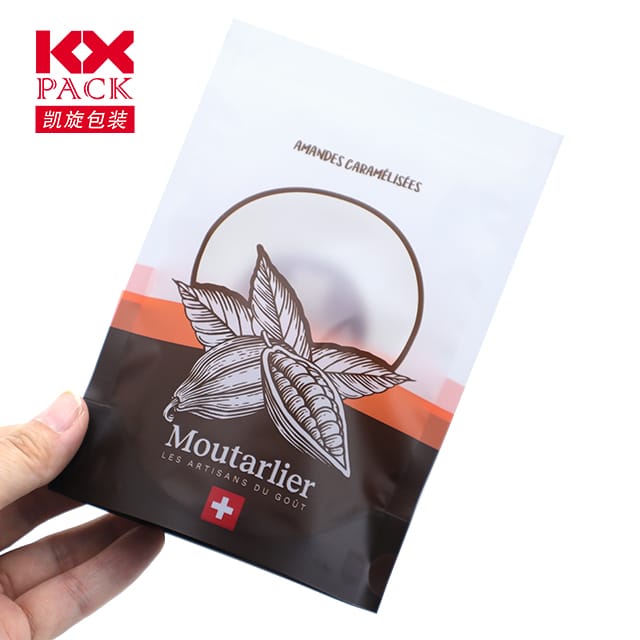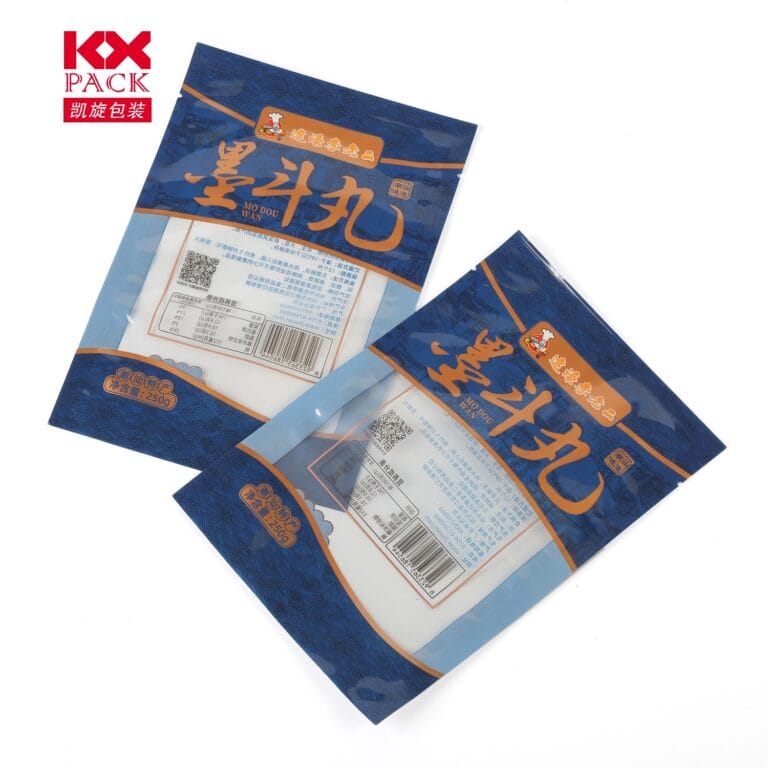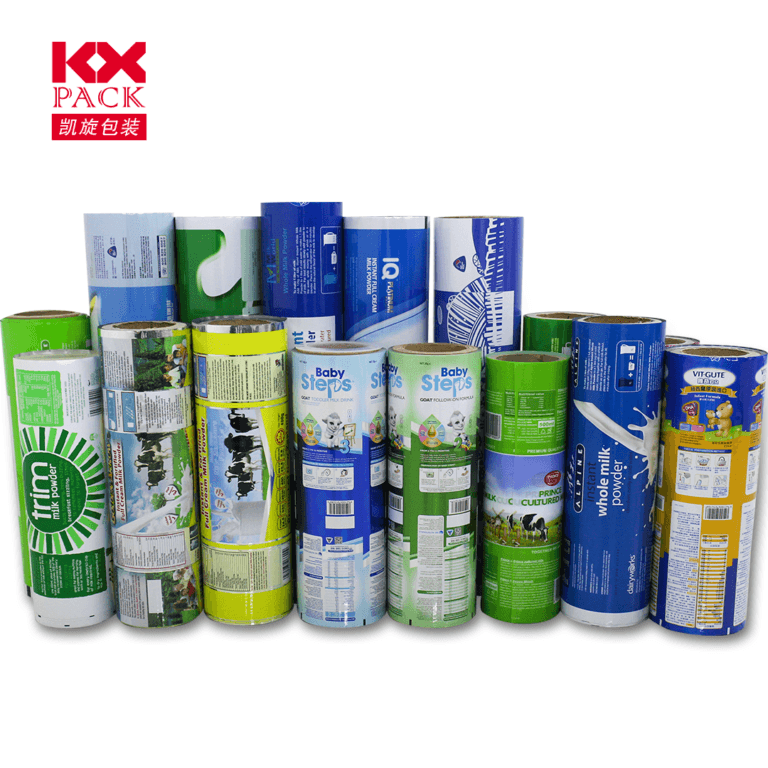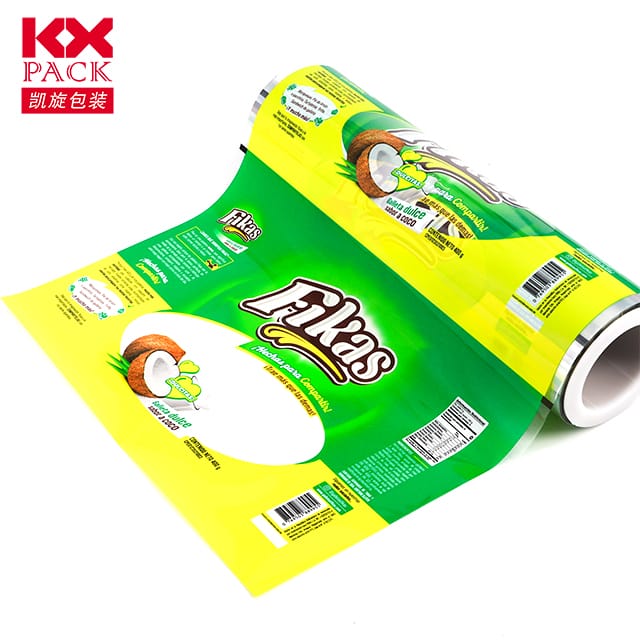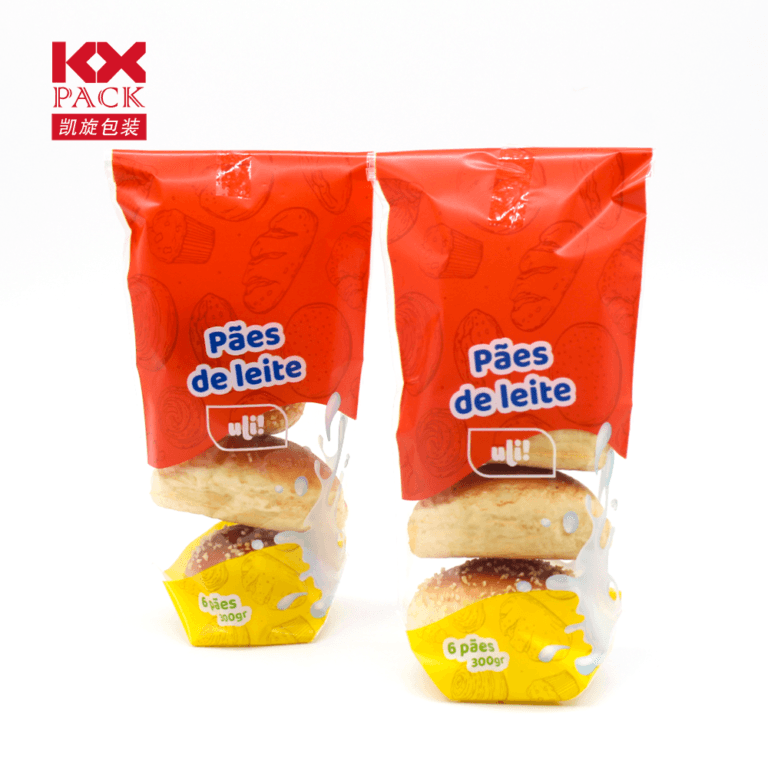A rugalmas csomagolófilm fejlődése: Fenntarthatóság, Innováció, és a fogyasztói hatás
Flexible Packaging Film
A mai gyors ütemű fogyasztói tájban, flexible packaging film has emerged as a cornerstone of modern product protection and convenience. Az ételektől és italoktól kezdve a gyógyszerekig és a személyi gondozásig, Ez a könnyű, Sokoldalú anyag az iparágak átalakítása a funkcionalitás kiegyensúlyozásával, költséghatékonyság, és a környezeti felelősség. Merüljünk be a legújabb trendekbe, kihívások, and breakthroughs in flexible packaging films that are driving the future of sustainable packaging.
1. What is Flexible Packaging Film?
Flexible Packaging Film refers to non-rigid materials used to wrap, seal, or contain products. Commonly made from polymers like polietilén (PE), polipropilén (PP), poliészter (HÁZI KEDVENC), and biodegradable alternatives, these films offer advantages such as:
- Lightweight design: Reduces shipping emissions and material costs.
- Barrier properties: Protects against moisture, oxigén, UV light, és szennyező anyagok.
- Testreszabás: Enables branding via high-quality printing and unique shapes.
- Extended shelf life: Preserves product freshness, crucial for perishables.
2. Fenntarthatóság: The Driving Force
The packaging industry faces mounting pressure to minimize waste and carbon footprints. Flexible films are adapting through:
a. Biodegradable and Compostable Materials
- PLA (Polylactic Acid): Derived from renewable resources like corn starch, PLA decomposes in industrial composting facilities.(Flexible Packaging Film)
- PHA (Polyhydroxyalkanoates): A biodegradable polymer produced by bacteria, ideal for marine-degradable applications.
- Paper-Based Laminates: Combining paper with bio-plastics for recyclable or compostable solutions.
Brands likeTesti srác ésNatureWorks are pioneering compostable films that meet industrial composting standards (PÉLDÁUL., EN 13432), A hagyományos műanyagok életképes alternatívájának kínálása.
b. Recyclable Monomaterials
Mono-material structures (PÉLDÁUL., all-PE or all-PP films) simplify recycling by eliminating multi-layer incompatibilities. Az innovációk hasonlóakAmcor’s AmLite HeatFlex Recyclable use single-polymer barriers to maintain performance while enabling circularity.
c. Post-Consumer Recycled (PCR) Content
Incorporating recycled plastics into flexible films reduces virgin material use. Például, Dow’s RecycleReady technology allows polyethylene films to be recycled through store drop-off programs.
3. Technológiai fejlődés
a. High-Barrier Films for Longer Shelf Life
Advanced coatings and nanotechnology enhance barrier properties without adding bulk. Például, silicon oxide (SiOx) and aluminum oxide (AlOx) coatings provide oxygen and moisture barriers comparable to metalized films but with recyclability benefits.
b. Active and Smart Packaging
- Oxigénszigetelők: Integrated into films to extend product freshness (PÉLDÁUL., Mitsubishi Gas Chemical’s Ageless®).
- Temperature Indicators: Color-changing labels that alert consumers to spoilage risks.
- QR Codes and NFC Tags: Enable traceability and consumer engagement via smartphones.
c. Lightweighting and Thinner Gauges
Manufacturers are reducing film thickness without sacrificing strength. Például, Borealis’ Borstar® technology produces ultra-thin PE films that cut material use by up to 30%.
4. Kihívások és az előző út
Az előrehaladás ellenére, Az akadályok megmaradnak:
- Recycling Infrastructure: Many flexible films are difficult to recycle due to multi-layer designs or contamination.
- Cost vs. Fenntarthatóság: Biodegradable materials often cost more than conventional plastics.
- Fogyasztói oktatás: Misconceptions about compostability (PÉLDÁUL., home vs. industrial composting) hinder adoption.
Solutions on the Horizon:
- Chemical Recycling: Turning mixed plastics into raw materials for new films (PÉLDÁUL., PureCycle Technologies).
- Standardized Labels: Clearer recycling/composting instructions to reduce confusion.
- Politikai támogatás: Bővített termelői felelősség (HAJTÓMŰ NYOMÁSVISZONYA) laws incentivizing eco-design.
5. The Consumer Perspective
Modern shoppers prioritize sustainability but demand uncompromised quality. Brands must balance:
- Kényelem: Easy-to-open, resealable films for on-the-go lifestyles.
- Átláthatóság: Clear messaging about eco-attributes (PÉLDÁUL., “100% Recyclable” vagy “Home Compostable”).
- Aesthetics: High-definition printing to maintain brand appeal.
Következtetés: A Flexible Future
Flexible packaging film is at a crossroads—where innovation meets responsibility. The shift toward sustainable materials, coupled with smart packaging technologies, promises a future where products are protected, waste is minimized, and the planet thrives.
Call to Action:
- Consumers: Support brands using recyclable/compostable films and advocate for better recycling infrastructure.
- Gyártók: Invest in R&D for mono-material designs and closed-loop systems.
- Policymakers: Enforce stricter eco-standards and incentivize circular economy practices.
Together, we can turn flexible packaging into a symbol of progress—not pollution. 🌍♻️
Sources: Flexible Packaging Association, Smithers Pira, Dow Chemical, Amcor, and industry sustainability reports.

